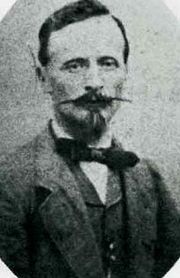Design
Design
Personality
Chart Properties
Your Cross represents the specific theme of your life. This cross embodies your unique potential & the lessons you're here to learn, providing a roadmap to fulfilling your life purpose.
We use the UTC birth time and date to do the calculations required to generate your Human Design chart.
Buy Tokens
Pay as you use, no expiry and no subscription required.Prompt Ideas
Get inspired with some epic prompt ideas.Antonio Salieri's Biography
Italian classical composer, conductor, and teacher; he was brought to Vienna as a boy and lived most of his life there. A protégé of Gluck, he counted Ludwig Beethoven and Franz Schubert among his pupils and he wrote several Italian operas, including “Falstaff,” several Masses, a “Passion” oratorio in Italian, piano concertos, and more.
His best-known work was the French opera Tarare (1787), translated into Italian as Axur, re d’Ormus, which the Viennese public preferred to Wolfgang Amadeus Mozart’s Don Giovanni. Salieri’s last opera was performed in 1804, and he then devoted himself to composing sacred music.
From 1774 he was court composer and conductor of the Italian opera, serving as court Kapellmeister from 1788 until 1824. He was one of the founders of the Academy of Music in Vienna (1817).
The rivalry between Salieri and Mozart is chronicled in Aleksandr Pushkin’s play “Mozart and Salieri,” Nicolai Rimsky-Korsakov’s opera “Mozart et Salieri “and Peter Shaffer’s play “Amadeus,” later made into a film. However most historians and music scholars feel that their rivalry, if existent at all, may have been exaggerated and fictionalized. If Salieri indeed confessed to poisoning Mozart, there does not seem to be any evidence or historical fact supporting the homicide.
Salieri died on 7 May 1825, in Vienna, Austria, aged 74.
Link to Wikipedia biography
Your Cross represents the specific theme of your life. This cross embodies your unique potential & the lessons you're here to learn, providing a roadmap to fulfilling your life purpose.
We use the UTC birth time and date to do the calculations required to generate your Human Design chart.






